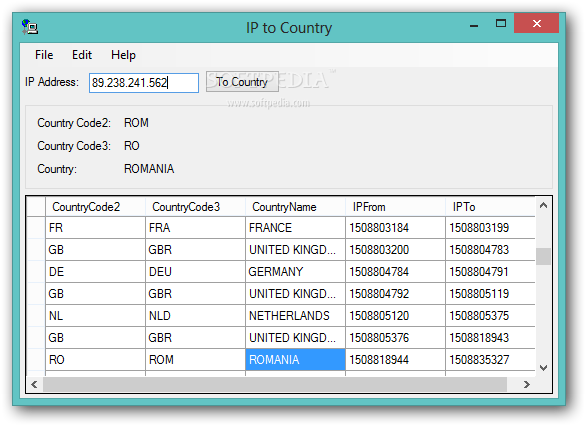

The project used mainly desk research, but also benefited from an active advisory group. Its concern was not the collection of examples of good practice but rather the factors that underlie or hinder innovative approaches at any level. It looked at issues relating to innovation in teaching and learning. This small-scale LSDA research project began in early 2004 and was concluded in autumn 2005. "the dynamics of innovation in teaching and learning in the learning and skills sector".

Keywords: search engines, queries, mapping on the Web, the hidden part of the Web For all these reasons we do not consider the metadata solution here in detail, despite its role in searching specific museum collections on-line we believe that there are interesting alternative methods to investigate for the future. The Web cannot be compared to a repository of structured data it requires the development of innovative approaches and methods that take into account its chaotic nature. All these alternative methods have only a little in common, but share the characteristics of respecting the decentralized and dynamic topology of the Web, while search engines are based on traditional techniques of information retrieval namely, strategies to access pre-structured data using the appropriate pre-established queries. Further, we will introduce some promising solutions for finding museums' Web sites and searching within them, such as Peer-to-Peer (P2P) search tools, intelligent agents that are specialized for information retrieval using "clustering" strategies based on user preferences, as well as systems of collaborative filtering and collaborative categorization from user experiences and judgments, allowing a personalized search. We will discuss some practical issues on finding museum information and how museums could improve their search rankings and their own searching facilities, especially with respect to the widely used Google search engine. We will show that many museum Web sites and databases belong to the hidden part of the Web that is not accessible unless the precise URL is known. The aim of this paper is to show the result of testing the difficulty of access to useful museum-related resources that are not very well known, but contain relevant information when search engines and other query techniques are used.

(This is once again the same in museums.) The role of search engines is particularly problematic because they have to guarantee the efficiency of the service without betraying the multiplicity of users' purposes. The Web is a unique "museum" where there are all sorts of data, including multimedia objects, so it is particularly crucial to respect the potentially different attitudes of users that may have various interests and different perspectives. Just as in a real museum, where maps and brochures help people organize their visit, search engines support the user in their navigation on the Web by assisting them in finding the most relevant material, while ignoring the rest. This is the same in museums there are some tools available to help people select what they want to see such as maps, brochures, etc. We can consider Web browsing as a similar experience to visiting a museum, when we take decisions about where to stop and where to skip over the exhibited objects.


 0 kommentar(er)
0 kommentar(er)
